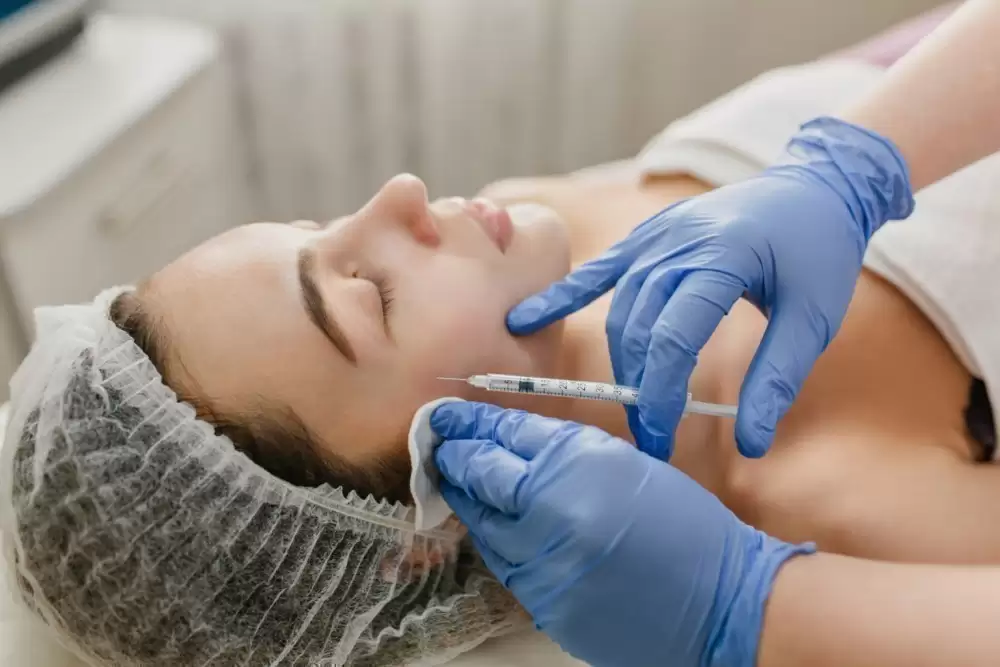What are the symptoms of swimmer’s itch?
Swimmer’s itch, also known as cercarial dermatitis, is an itchy rash caused by an allergic reaction to parasites. The symptoms typically include:
- Itchy Rash: The most prominent symptom is intense itching, which usually starts within minutes to hours after exposure to infested water.
- Red, Raised Bumps: The rash often appears as small, red, raised bumps or papules on the skin. These bumps may be grouped together and can resemble mosquito bites.
- Blisters: In some cases, the rash can develop into small blisters.
- Swelling: The affected areas may become swollen and inflamed.
- Skin Irritation: The rash can cause significant discomfort and irritation.
The rash commonly affects areas of the skin that were in contact with contaminated water, such as arms, legs, and torso. Symptoms usually resolve on their own within a few days to weeks, but treatments can help alleviate itching and discomfort.
What are the causes of swimmer’s itch?
Swimmer’s itch is caused by an allergic reaction to certain parasites, specifically the larvae of trematodes (flukes) that infect birds and other animals. The causes include:
- Parasite Larvae: The primary cause is the cercariae, which are the larval forms of flukes. These larvae are released from snails that act as intermediate hosts. When people swim or wade in infested water, the cercariae can come into contact with the skin.
- Infection in Wildlife: The flukes that cause swimmer’s itch primarily infect birds, and sometimes mammals, such as beavers or muskrats. The parasites use snails as intermediate hosts in their life cycle.
- Contaminated Water: Swimming in freshwater lakes, ponds, or slow-moving rivers that are infested with infected snails can expose individuals to the cercariae.
- Seasonal Factors: The risk of swimmer’s itch is often higher during warm months when people are swimming and when water conditions favor the presence of infected snails.
The cercariae are not capable of completing their life cycle in humans, so they do not cause a true infection. Instead, they cause an allergic reaction in the skin, leading to the symptoms associated with swimmer’s itch.
What is the treatment for swimmer’s itch?
Treatment for swimmer’s itch focuses on relieving symptoms and minimizing discomfort. Common approaches include:
- Topical Anti-Itch Treatments: Applying over-the-counter anti-itch creams, such as those containing hydrocortisone, calamine lotion, or antihistamines like diphenhydramine (Benadryl), can help reduce itching and inflammation.
- Oral Antihistamines: Oral antihistamines, such as cetirizine or loratadine, can be used to alleviate itching and help with allergic reactions.
- Cool Compresses: Applying cool, damp cloths to the affected areas can provide relief from itching and reduce swelling.
- Avoiding Scratching: It is important to avoid scratching the rash, as this can worsen irritation and increase the risk of secondary infection.
- Soothing Baths: Taking cool baths with colloidal oatmeal or baking soda can help soothe irritated skin.
- Proper Skin Care: Keeping the affected areas clean and dry, and avoiding irritants such as hot water or harsh soaps, can help the skin heal more quickly.
In most cases, swimmer’s itch resolves on its own within a few days to weeks. If symptoms are severe, persistent, or worsening, seeking advice from a healthcare provider is advisable for further management and to rule out other conditions.

Leave a Reply
You must be logged in to post a comment.